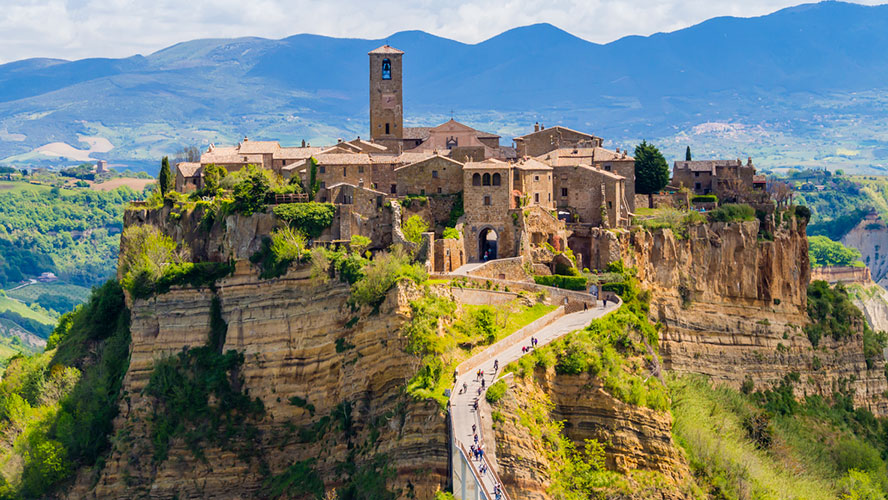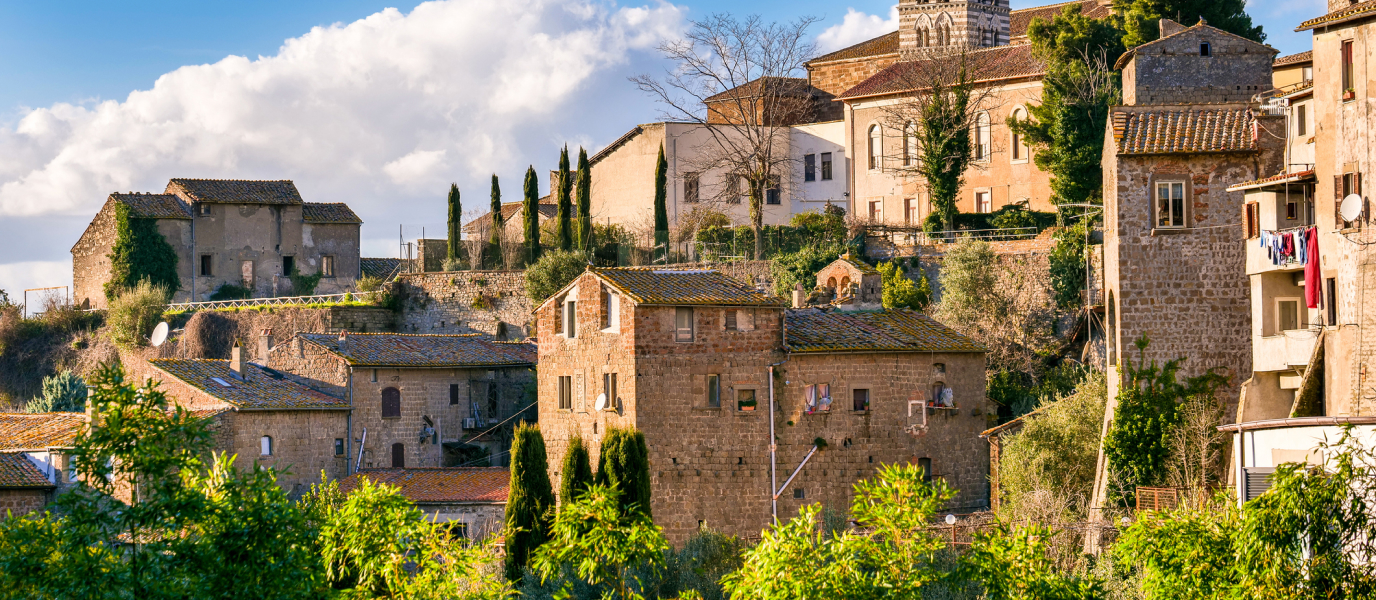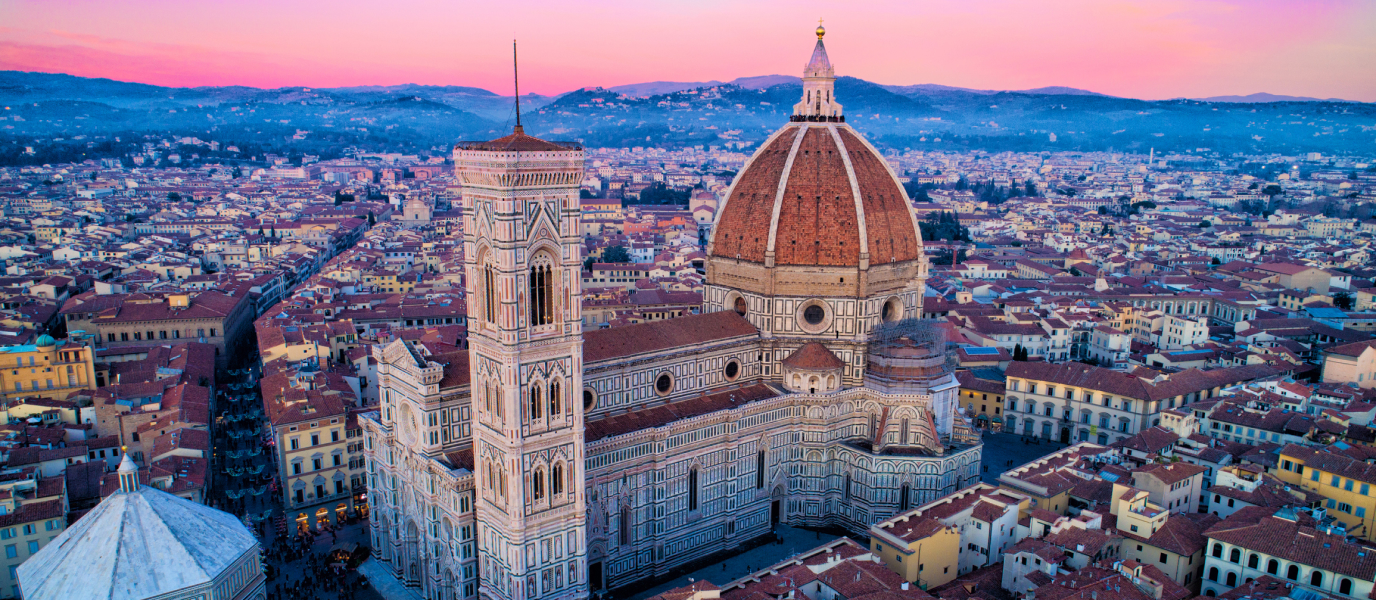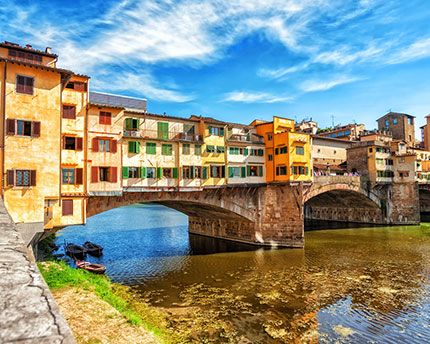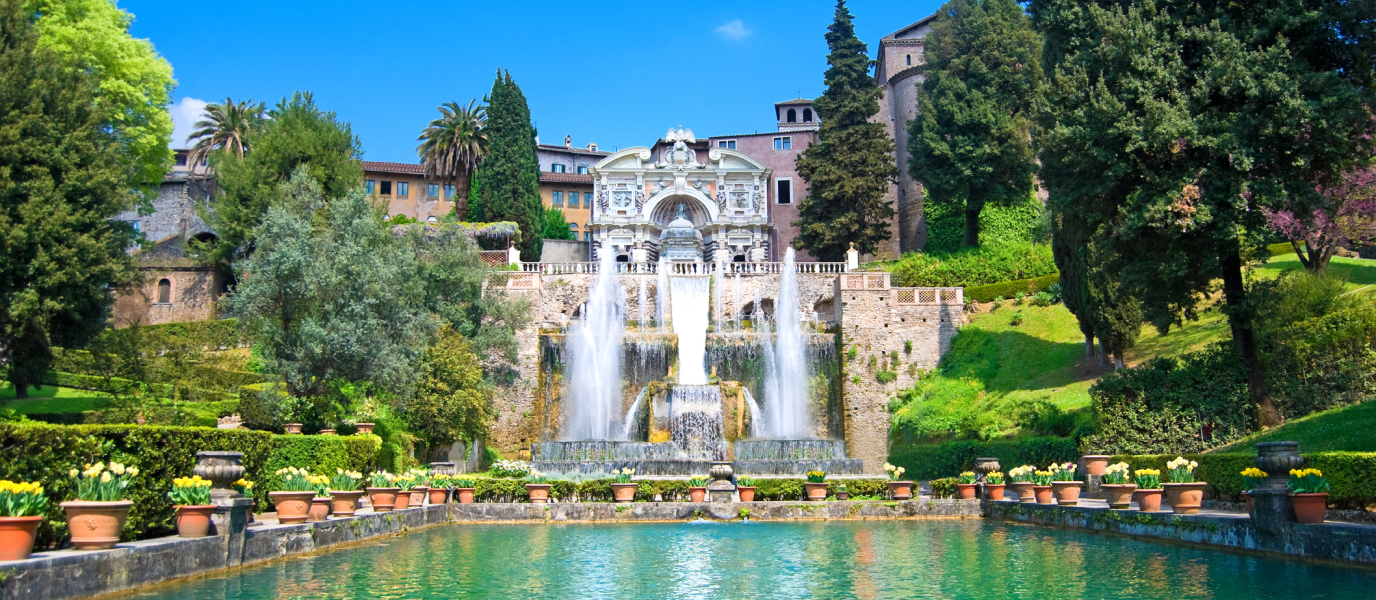Viterbo goes all the way back to the time of the Etruscans. The city is just a few kilometres north of Rome and had its golden age during the Middle Ages. Walking through its streets is like taking a trip back to its Medieval past – a time when the ancient town was heavily influenced by the Roman Curia. Viterbo was chosen as the papal residence in the 13th century. Today, its old town is one of the best-preserved Medieval towns in Italy.
People from across the country come to the province of Viterbo to enjoy its therapeutic hot springs. The surrounding area has some amazing places including the majestic Villa Lante, the strange and mysterious Monster Park and the inaccessible town of Bagnoregio. All are worth visiting, and if you need a break from the hustle and bustle of Rome, a peaceful walk through a mythical place with a rich history might be just what the doctor ordered.
What to see in Viterbo
The city of Viterbo, in the province of the same name, has a population of 62,000. Its star attraction is its fantastically well-preserved walled Medieval old town. Strolling around its tiny streets and pretty piazzas is particularly enjoyable if you’ve already tired yourself out after touring everything Rome has to offer.
Historical monuments around the Palazzo dei Papi in Viterbo
The western zone of the old town is the religious centre of Viterbo and the site of the Palazzo dei Papi. In a bid to escape hostilities in Rome, this Gothic palace was chosen in the 13th century as the papal residence and was also used by the College of Cardinals to select new popes.
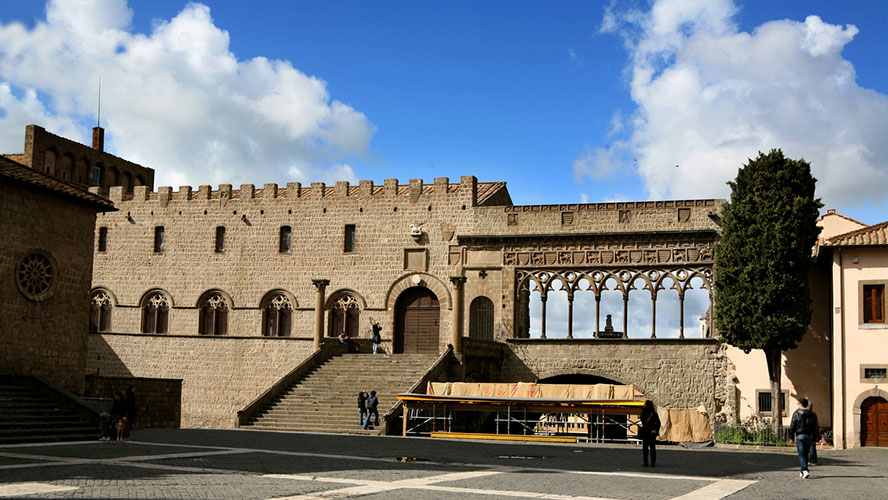
During a papal conclave in 1271, the cardinals couldn’t agree on who should be the next pontiff. Both the authorities and the local people became so fed up that the cardinals were locked inside the palace without food or water. When their bodies had had enough, the hungry cardinals soon came to a decision and selected Pope Gregory X to be the new head of the Catholic faith. The whole process had lasted 2 years and 276 days!
The entire religious site centres around Piazza San Lorenzo and the Cattedrale di San Lorenzo or Viterbo Cathedral. The church was built in the 12th century in accordance with the prevailing Romanesque style of the time, though was rebuilt in the Gothic style in the 14th century. It suffered serious damage during aerial bombings in the Second World War and the roof over the central nave had to be rebuilt as a result.
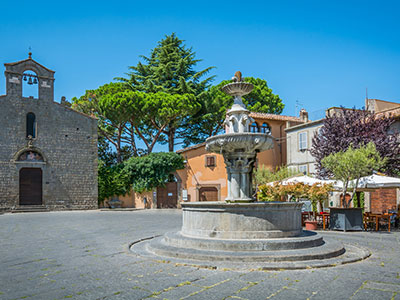
The charming piazzas of Viterbo
Planning a visit to Viterbo’s old town and its piazzas is like devising a treasure hunt. You may wish to start in Piazza San Lorenzo. From there, find your way to Piazza San Pellegrino, a small and picturesque piazza which is perfectly preserved. You’ll have to navigate a maze of tiny streets with low arches (which can feel a little claustrophobic at times).
From there, set your sights on the tree-filled Piazza della Morte and its fountain which appears to spew water from the mouths of the dead. The Gothic fountain in Piazza Fontana Grande is the oldest in Viterbo.
Before you leave Viterbo’s old town, make sure to stop in at its main square, the Renaissance Piazza del Plebiscito to the north west. Its Palazzo dei Priori is a beautiful sight. Built in 1460, it’s now the headquarters of the local council.
National Etruscan Museum
The National Etruscan Museum Rocca Albornoz is located in the extensive Piazza della Rocca at the northern access to Viterbo. It houses an impressive collection of artistic and everyday objects pertaining to the Etruscan civilisation which dominated the region from the 9th century BC until the rise of Roman rule. Entrance to the museum costs 6 euros.
Hot springs: Terme de Bullicame and Terme dei Papi
The Terme de Bullicame, just a couple of kilometres from Viterbo, is the most famous hot sulphur spring in the area. It was mentioned as far back as Dante in his Divine Comedy. The Carletti springs are also close by. Access to their healing waters is free, though take care because the temperatures sometimes rise above 60ºC. To the south is the Terme dei Papi, a municipal pool fed by hot springs where the facilities include changing rooms, a bar, a restaurant, a hotel and more.
What to see around Viterbo
Villa Lante, one of the most beautiful gardens in Italy
Just 4 km east of Viterbo, in the village of Bagnaia, is the Renaissance Villa Lante and what is surely one of the most beautiful gardens in Italy. Built between 1511 and 1566 in accordance with Mannerist architectural principles, the park has beautiful terraces, gentle waterfalls, elegant statues and fountains. You can get there by bus from Viterbo at little cost.
Monster Park
If you’re willing to travel a little further (20 km from Viterbo), you can visit one of the strangest and most fascinating places in the region: the Parco dei Mostri or Monster Park in the municipality of Bomarzo. Esoteric types have flocked here for centuries. The park has higgledy-piggledy houses, strange sculptures of fantastical creatures and huge statues that will make your jaw drop, each one waiting to jump out from among trees or behind hillocks.
The beautiful ghost town of Civita di Bagnoregio
Perched atop a rather steep hill, and accessible only by foot along a dizzying viaduct, is the almost completely abandoned town of Civita di Bagnoregio. The town is 26 km north of Viterbo, close to the border of Lazio with Tuscany. Take a walk around its ancient deserted streets and enjoy the mountain views from what is widely considered one of Italy’s most beautiful historic towns. There’s a small charge for visiting.
